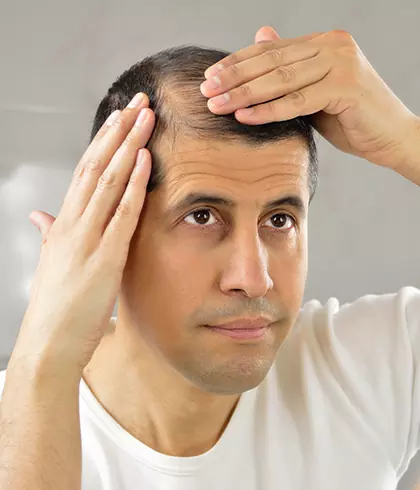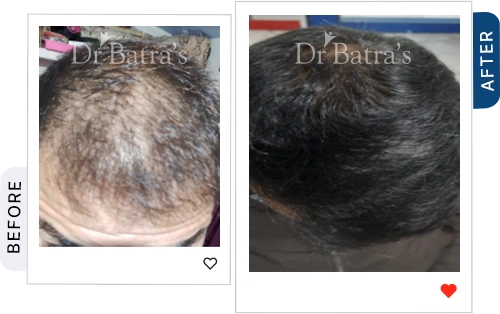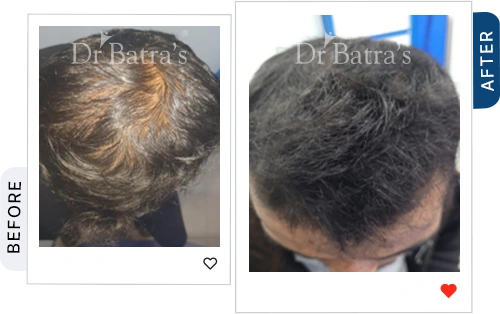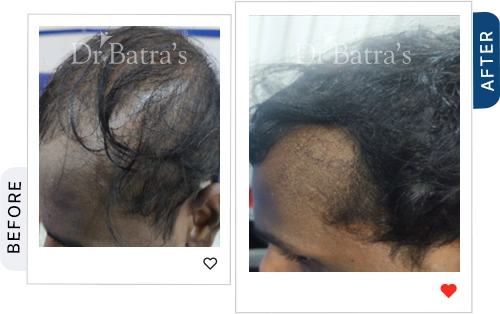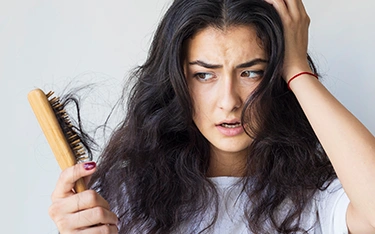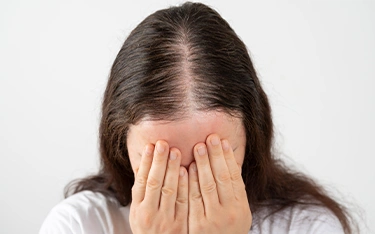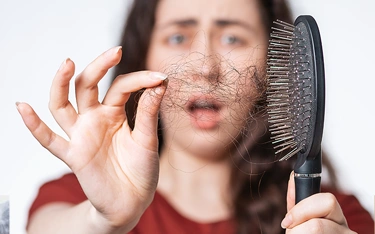FAQs
How do I stop losing hair as a male?
Identifying the underlying cause of hair loss, using natural treatments like homeopathy, and following a healthy lifestyle can help prevent hair thinning.
Which brand is best for hair fall?
Dr Batra’s® Homeopathy offers a scientifically backed, side-effect-free approach to preventing hair loss and stimulating hair regrowth.
Can I regrow my hair at 25?
Yes! If detected early, hair regrowth treatments like homeopathy, STM, and groHair can help restore hair density and thickness.
Is balding at 20 normal?
Hair loss at 20 can be caused by genetics, hormonal imbalance, stress, or poor diet. Early treatment can help prevent further hair loss.
How to stop hair fall?
- Maintain a healthy diet rich in vitamins and proteins
- Avoid harsh chemical treatments
- Consider homeopathic treatments for long-term hair restoration
